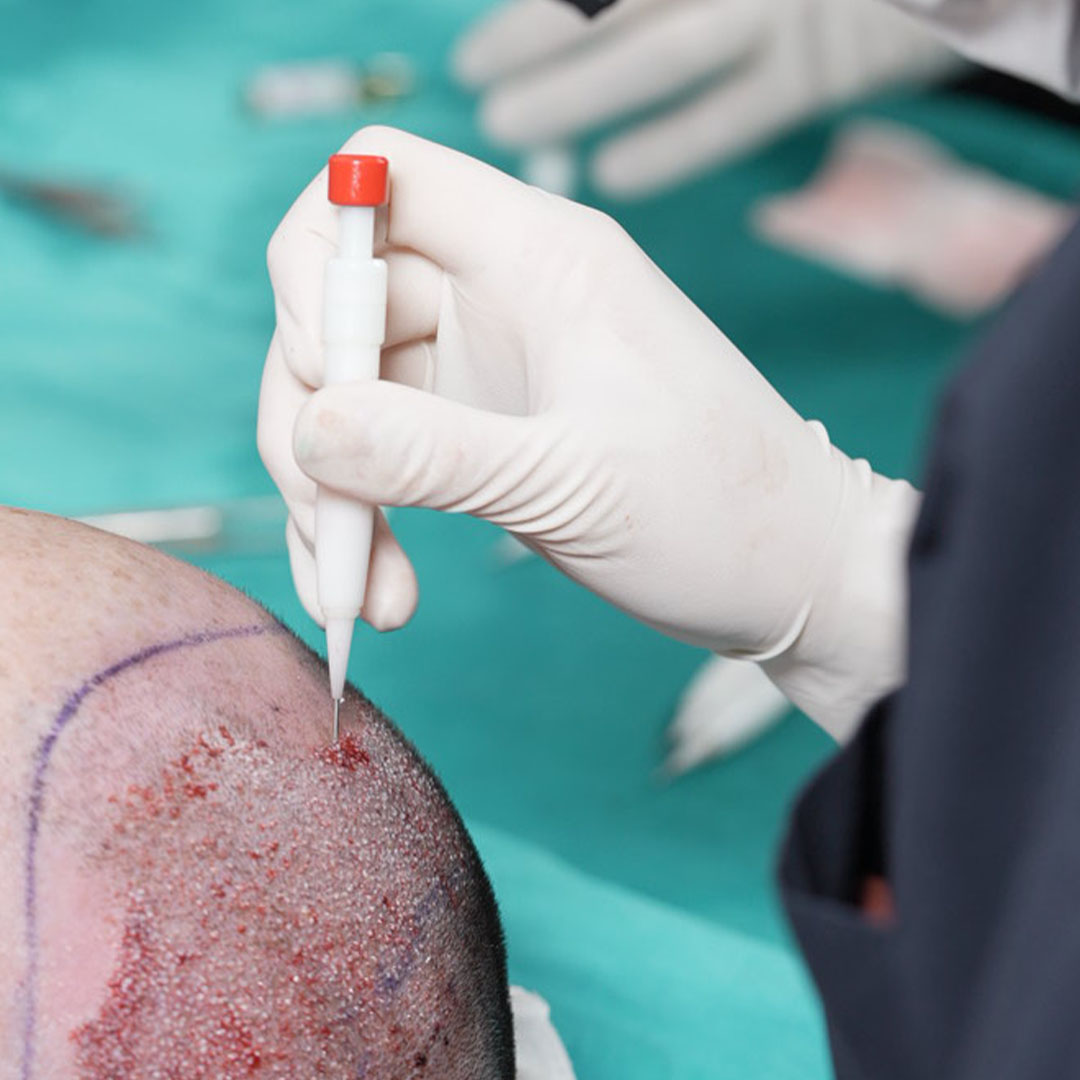
Everything you need to know about hair transplants: Side Effects, Process and Preferences
As a hair transplant involves surgical incisions, there are some side effects that should be considered as part of the process. It is important for candidates to be aware of these details before undergoing the procedure. Being informed can help individuals remain calm after the surgery and avoid panic when encountering common post-surgery circumstances. Below are some frequently asked questions.
What causes a red scalp after hair transplantation?
After undergoing a hair transplantation procedure, the skin enters a highly sensitive period. This sensitivity is primarily caused by the operation performed in the transplant area, which results in minimal discomfort to the skin. The healing process of the skin begins gradually between the 1st and 4th month.The duration and intensity of skin redness following hair transplantation varies from person to person. However, individuals with sensitive and lighter skin tend to experience a longer duration of redness, which appears more significant. In contrast, individuals with dimmer skin may not experience as much redness. Redness is considered a normal condition regardless of skin tone. Notably, redness is generally less common in operations performed using the DHI technique.
Hair transplantation or micropigmentation - which is the better option?
Micro-pigmentation is a process similar to a tattoo applied to the skin to create the appearance of hair in a specific area with lines that resemble natural hair roots. It is important to note that micro-pigmentation may fade or become less visible over time. It is also known that in certain cases applying micropigmentation to transplanted areas one year after hair transplantation can increase density. It is crucial to understand that hair transplantation and micro-pigmentation are two distinct procedures.Hair transplantation is a completely different process that allows you to shape, lengthen and style your hair with your original hair. It is recommended that all eligible individuals should undergo this procedure, as the most attractive and authentic outcomes are achieved through hair transplantation alone. Individuals with a low number of follicles in the donor area and a large balding area should consider micropigmentation in addition to hair transplantation to achieve full density.
Is hair transplantation painful?
The hair transplantation process has been enhanced and modernised with the latest technological devices available today. One such device is the needle-free anaesthesia device, which is used for anaesthesia during hair transplantation. By filling the anaesthetic into a device and injecting it into the nerve endings in the donor area with pressure, without the use of a needle, pain can be reduced by up to 80% compared to the old technique, allowing for a more comfortable application of anaesthetic during hair transplantation.However, the pain threshold during the anaesthetic process prior to hair transplantation can vary from person to person as it is experienced differently by each individual; some people experience severe pain while others feel no discomfort at all.Another type of anaesthesia procedure is sedation, which involves the use of sedative drugs to put the person to sleep for a short time. The person does not remember the anaesthesia and does not feel any pain.
What are the long-term side effects of hair transplantation?
Hair transplantation is a safe procedure that does not pose any threat to human health. The temporary side effects that occur after the surgery are now considered part of the procedure and typically resolve within 10 days.
The process does not involve any chemical changes. The only problem is the scar that remains in the donor area, which takes the form of tiny white dots. However, this scar can be disguised by leaving slightly longer hair in the donor area.
How many hair grafts can be transplanted in one sitting?
The number of grafts in hair transplantation is a variable situation that is completely different for everyone. It is directly proportional to the number of roots in the donor area and depends on the area required. The better the donor area of the person and the higher the quality of the roots, the more the number of roots will increase.If a healthy hair transplant result is desired, a maximum of 5500 grafts can be transplanted in a single session, depending on the situation. Although it is possible to transplant more grafts, leaving the extracted roots outside for a prolonged period may result in a reduction in the growth rate of the roots that will grow after transplantation.
Which is better, a hair transplant or a wig?
Hair transplantation allows individuals to have their original hair in the desired shape for a lifetime. Maintenance, styling, and care are natural and easy. If an individual has a sufficient number of grafts in the donor area, they should definitely consider a hair transplant operation. It would be illogical for someone who is a good candidate for a hair transplant to choose a wig.Wearing a wig is an entirely artificial and unnatural procedure. It can be challenging to use, expensive, and troublesome to maintain. In addition, the wig's attachment to the scalp can, over time, damage the skin, interfere with blood circulation, and prevent exposure to the sun and oxygen, which are essential for healthy hair.
Is hair transplantation forbidden in Islam?
Hair transplantation is generally considered permissible, as it involves the use of one's own hair and is not specifically addressed in Islamic teachings. The view that there is nothing wrong with undergoing hair transplantation is supported by the absence of specific prohibitions in the Qur'an or Hadith, combined with the principle of maintaining one's health and appearance within Islamic limits. However, it is advisable for individuals to consult knowledgeable Islamic scholars to ensure that their specific circumstances are in line with Islamic principles and ethics.
Do all hair transplants look natural?
To achieve a natural-looking hair transplant, the surgery must be successful and the quality of the transplanted roots must be moderate to high. Several parameters must come together to achieve a good and natural-looking hair transplant result. The two most crucial factors are the quality of the person's roots and the experience of the doctor and team performing the operation. In addition to these considerations, achieving the optimal natural result requires the utilization of advanced tools such as lasers, millimeter scales, and microscopes.
Is it possible that your body will reject transplanted hair?
Although the risk of hair transplant rejection is extremely low due to the use of your own hair grafts, it is crucial to be aware of the potential risks and complications associated with the procedure. Although rejection is rare, other concerns such as infection, bleeding, scarring and unsatisfactory aesthetic results should be considered. To minimize the likelihood of complications, it is essential to select a qualified and experienced surgeon and follow post-operative care instructions. During the consultation process, it is crucial to discuss any concerns or questions, including the possibility of hair not growing post-transplantation. Transplanted hair not growing is often attributed to hormonal imbalances and vitamin deficiencies. A well-informed and proactive approach can contribute to a successful hair transplantation experience.
-
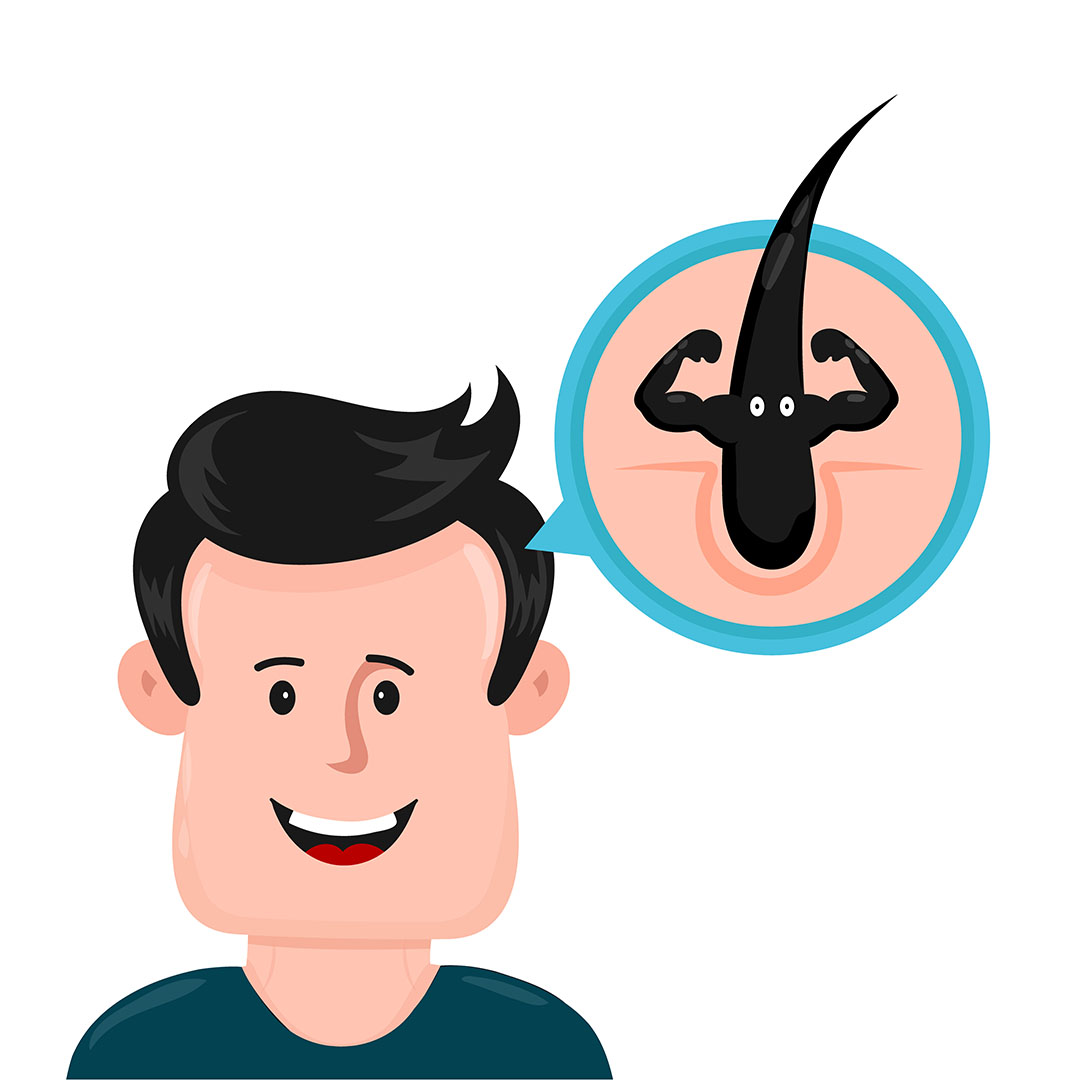 Is hair transplantation the only way to regain hair?
Is hair transplantation the only way to regain hair?Currently, there are various solutions available to address hair loss issues, including... Click for details
-
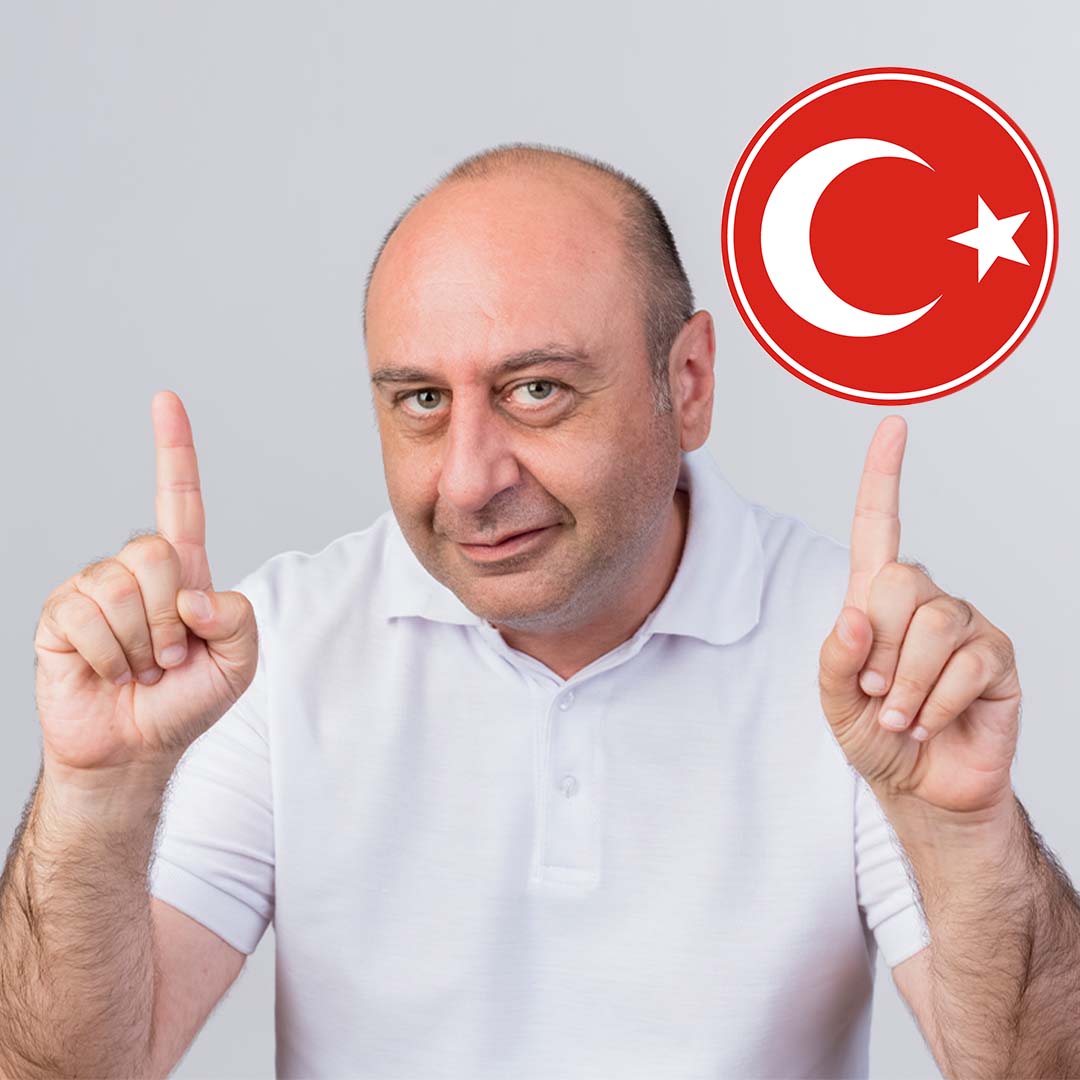 The Importance of Hair Transplantation in Turkey
The Importance of Hair Transplantation in TurkeyTurkey is a leading hub for hair transplantation, known for its skilled and knowledgeab... Click for details
-
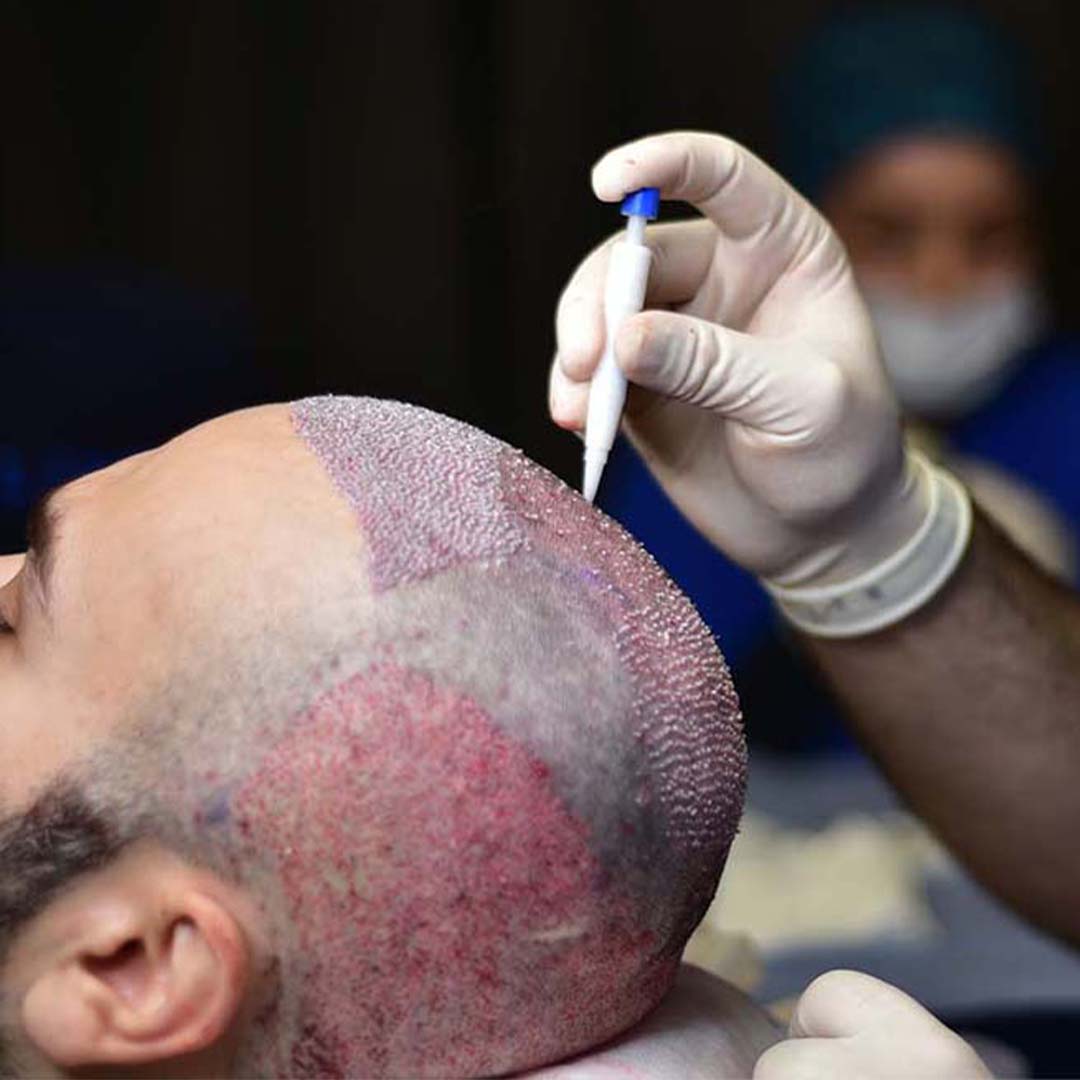 What to Expect After a Hair Transplant
What to Expect After a Hair TransplantHair transplantation follows a natural growth process, and follicles do not start growi... Click for details
-
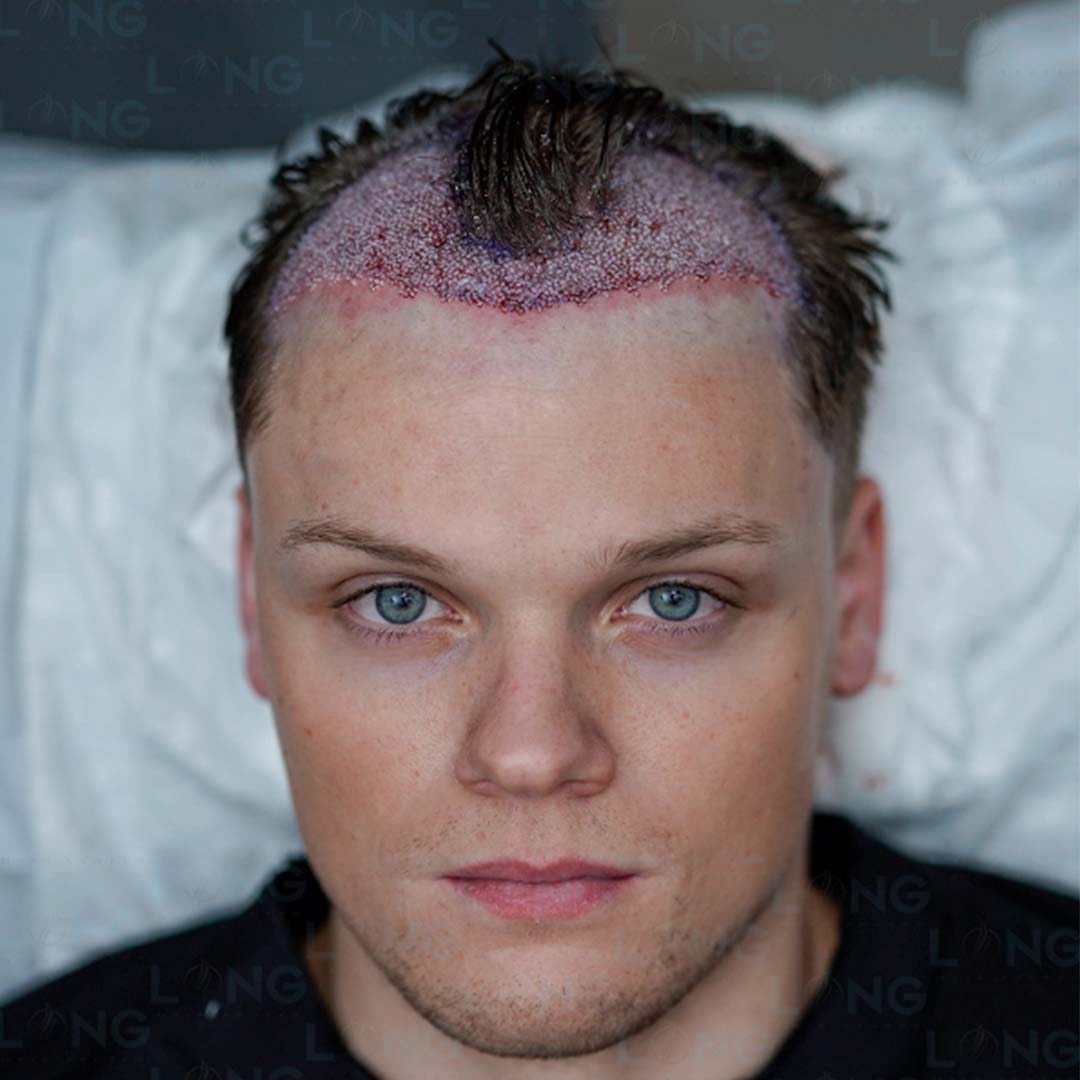 Unshaved Hair Transplantation in Turkey
Unshaved Hair Transplantation in TurkeyPatients are often concerned about the shaving of their head in preparation for hair tr... Click for details
-
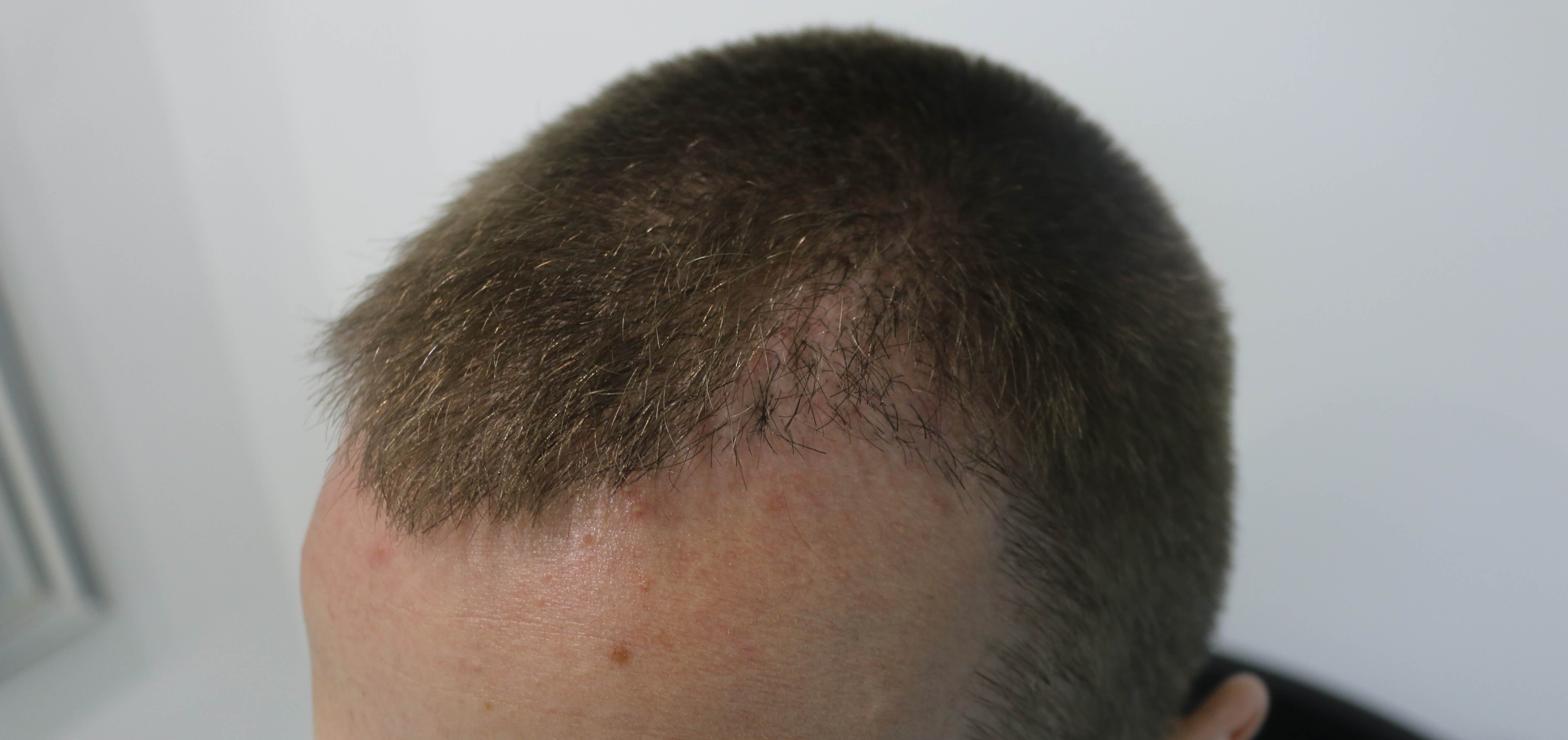 Hair Transplant Operation with DHI Technique in Turkey
Hair Transplant Operation with DHI Technique in TurkeyDHI (direct hair implantation) is a modification of the FUE technique. In FUE and FUT h... Click for details
-
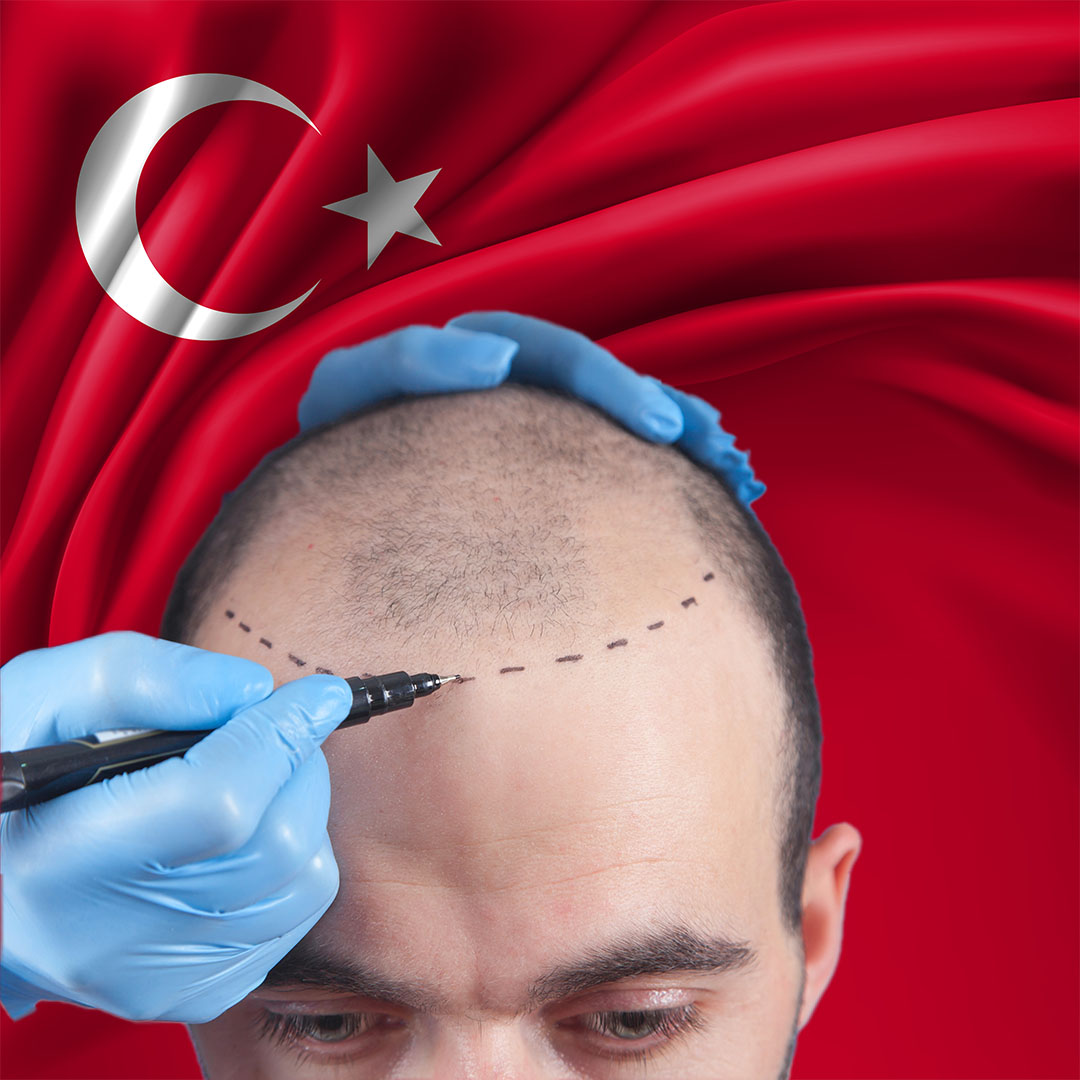 Is Turkey a Hub For Getting Hair Transplanted?
Is Turkey a Hub For Getting Hair Transplanted?When it comes to healthcare or hair transplant services, Turkey has consistently demons... Click for details
-
 The Clinic That Accepts Crypto-Payments
The Clinic That Accepts Crypto-PaymentsWhat Is Cryp... Click for details
-
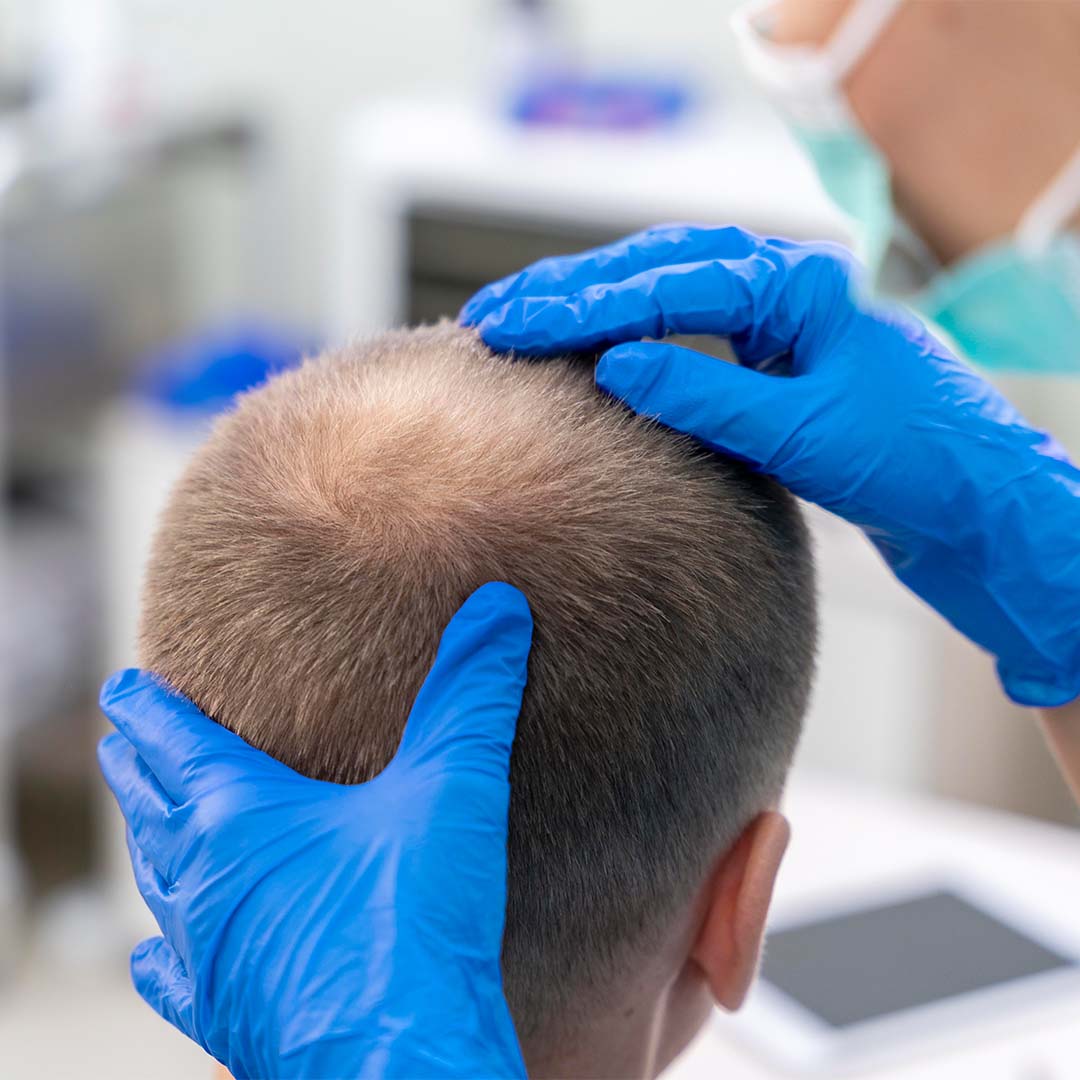 Will Transplants to the Crown Area be Successful?
Will Transplants to the Crown Area be Successful?Will Transpl... Click for details
-
 Sexual Intercourse After Hair Transplant
Sexual Intercourse After Hair TransplantSexual Inter... Click for details
-
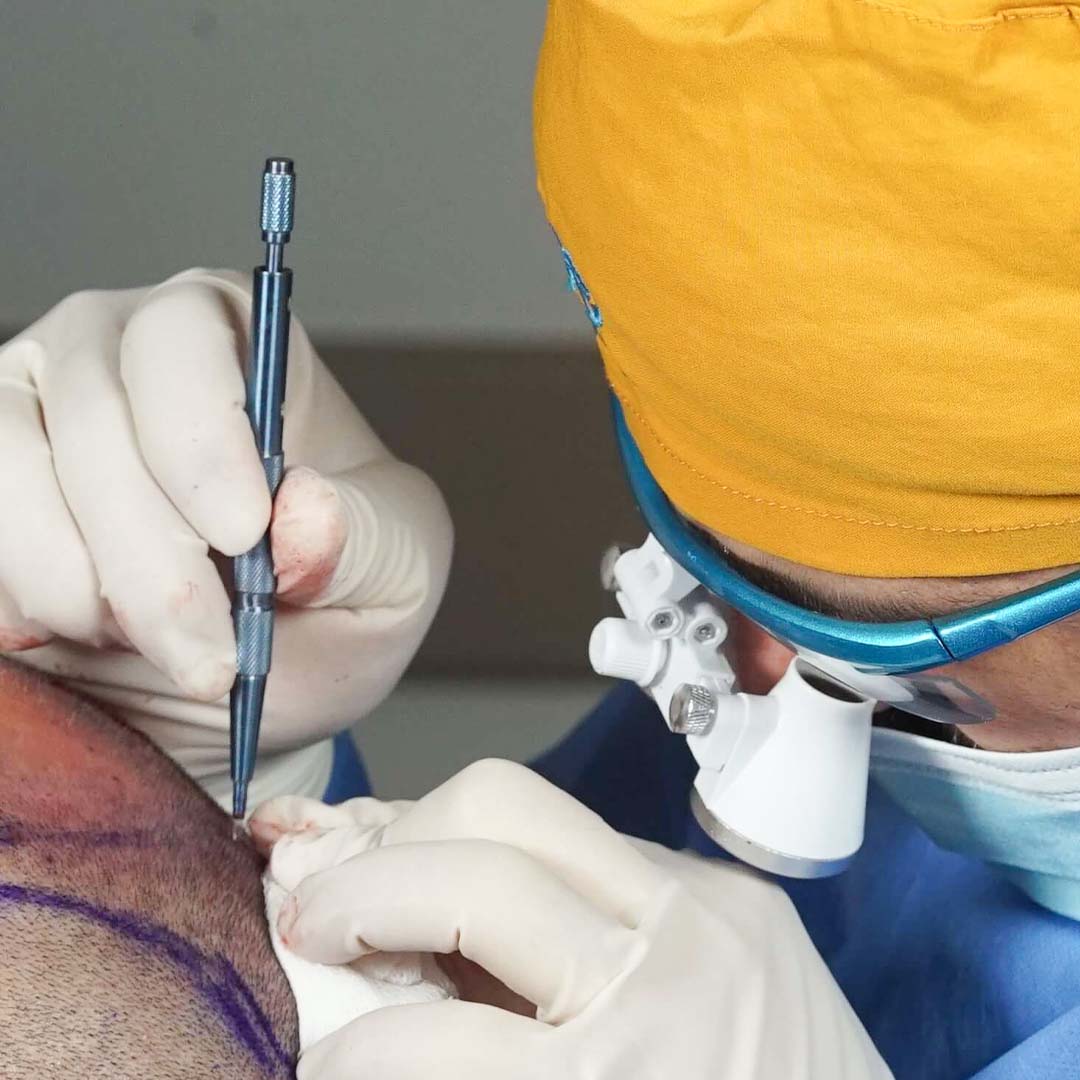 Is Sapphire FUE Hair Transplantation Successful in Turkey?
Is Sapphire FUE Hair Transplantation Successful in Turkey?Is Sapphire... Click for details
